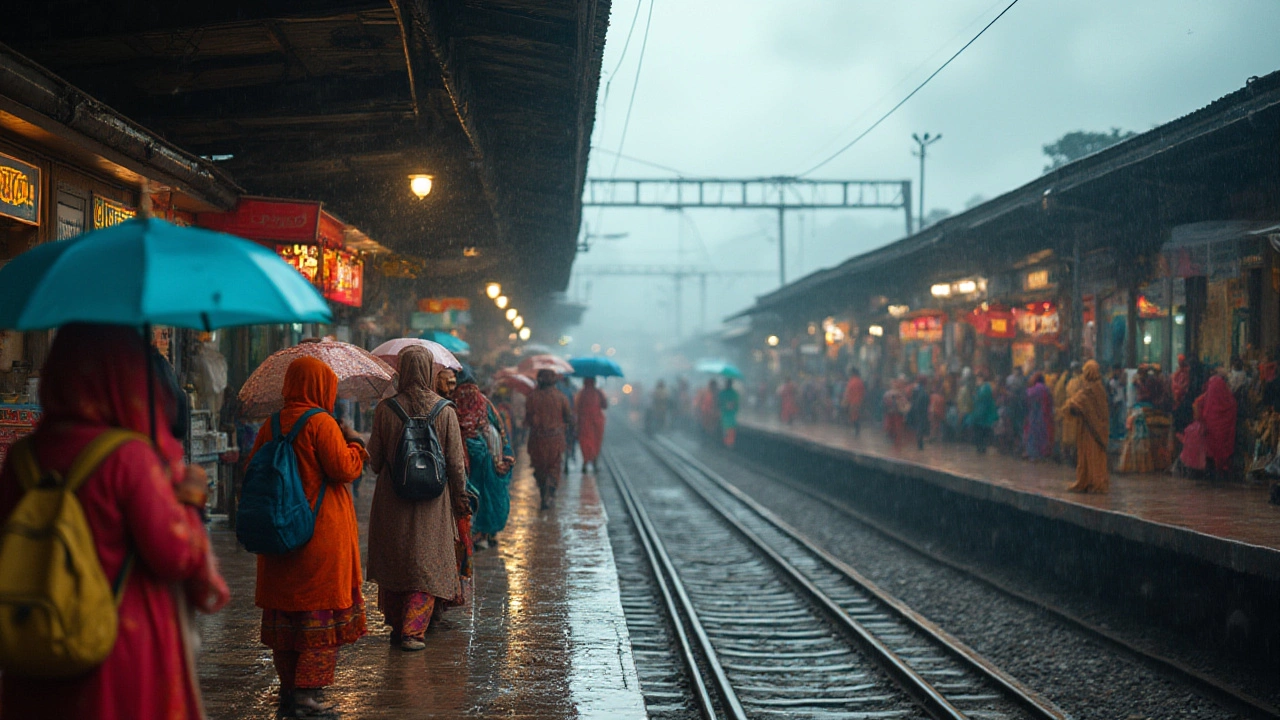Best Month to Travel in India: When to Visit for Perfect Weather and Fewer Crowds
When you’re planning a trip to India, a country with extreme seasonal shifts, diverse climates, and culturally rich festivals. Also known as the Indian subcontinent, it’s not just one destination—it’s dozens, each with its own ideal time to visit. The best month to travel in India isn’t a single answer. It’s a mix of weather, crowds, and what you want to experience—whether that’s trekking in the Himalayas, relaxing on Goa’s beaches, or exploring ancient temples without sweating through your shirt.
Most travelers land in India between October and March, and for good reason. That’s when the monsoon rains have cleared, the air is dry, and temperatures are mild across the north and central regions. November and February are especially strong months—cool mornings, warm afternoons, and clear skies perfect for visiting the Taj Mahal or hiking in Kedarkantha. But if you’re heading south, like to Kerala or Andaman, the dry season stretches longer, sometimes into April. Meanwhile, the Himalayas are only truly accessible from late spring to early autumn. The Great Himalayan Trail? You won’t want to tackle it in December. And if you’re chasing beach vibes, Goa’s peak season is December to February, but you’ll pay more and deal with crowds. Want fewer people and lower prices? Try September or April, just before or after the big rush.
Don’t forget festivals. Diwali in October or Holi in March can turn your trip into something unforgettable—but they also mean packed trains, sold-out hotels, and higher prices. If you’re looking for a quiet temple visit or a peaceful trek, avoid these windows. And if you’re worried about health, the best months also mean fewer mosquitoes and lower risk of waterborne illness. That’s why posts on safe food in India, vaccination needs, and temple etiquette all line up with the same core truth: timing shapes your experience more than your itinerary. Below, you’ll find real advice from travelers who’ve been there—on where to go, when to avoid the heat, and how to pick the month that fits your style.
